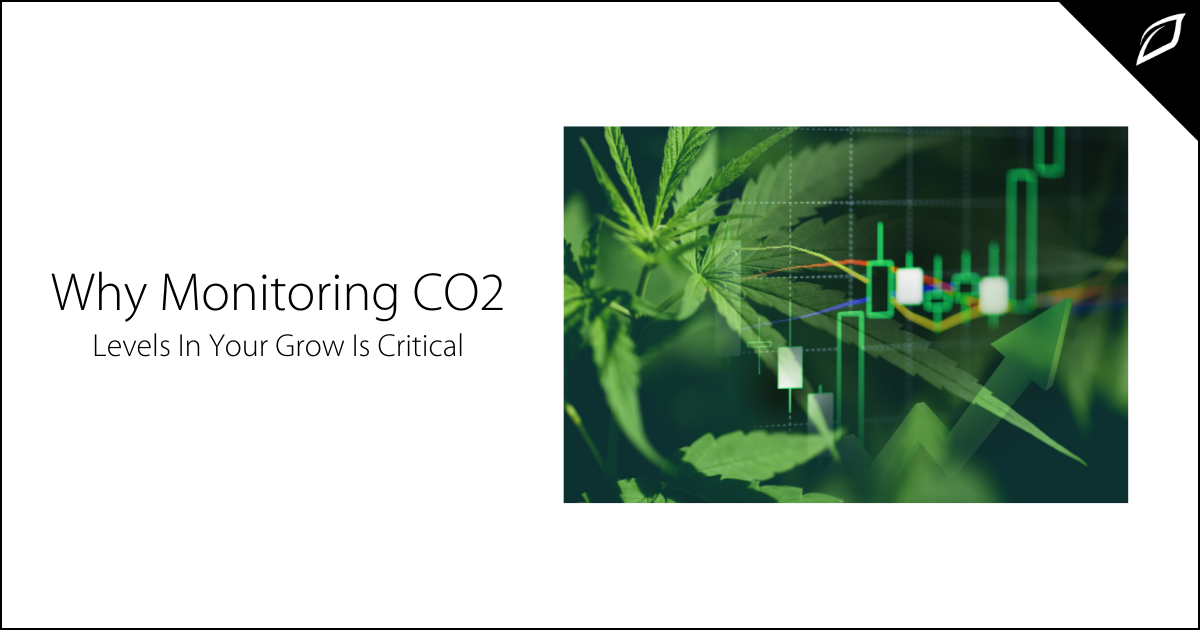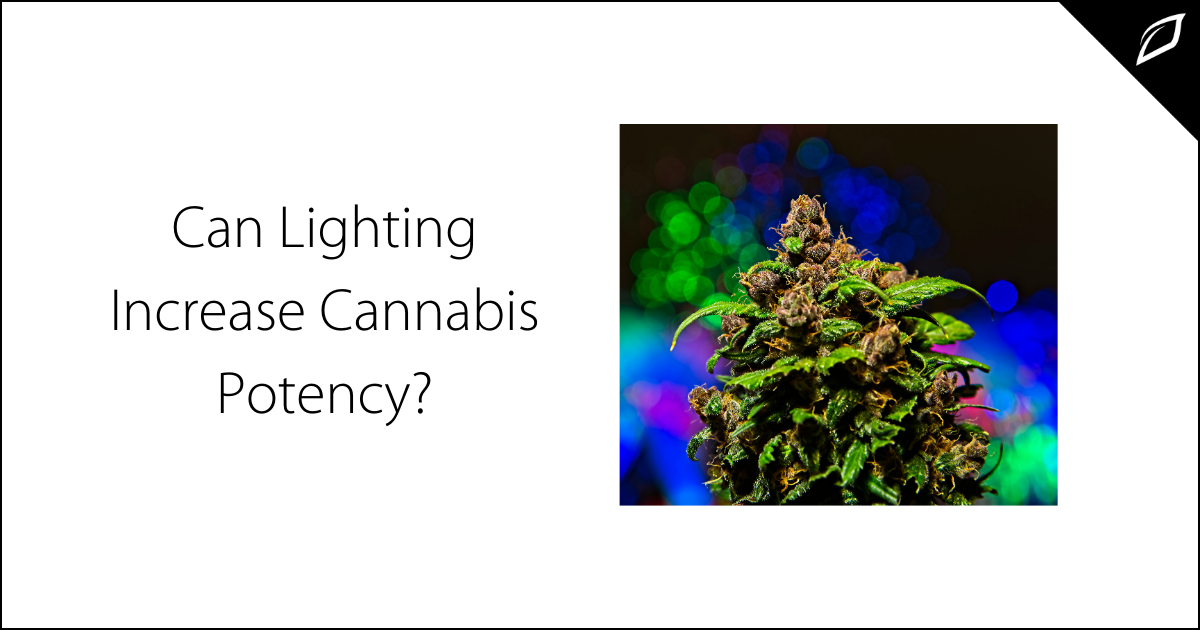Why Monitoring CO2 Levels In Your Grow Is Critical
Plants require a goldilocks zone to thrive. Mild temperatures, light, water, and nutrients are just part of plants' requirements—carbon dioxide (CO2)...
-png.png)
DLI is equally as important indoors as it is in an outdoor/greenhouse environment and should be utilized when trying to optimize your grow efficiency and overall plant health. DLI stands for ‘Daily Light Integral’ and is defined as a measure of usable light your plant receives over the course of a day. Too high of DLI will not only cause unwanted light stress/burn but it is also a waste of electricity for which you are paying. DLI numbers that are too low will limit your plant’s growth potential which can translate directly to reduced yield and plant vigor. In either scenario, not measuring your DLI and tailoring your light intensity/schedule will end up costing you. Before we dive into how to accurately measure DLI, lets cover the basics on lighting.
Let’s start with PAR, or Photosynthetic Active Radiation. PAR is the range of Electromagnetic Radiation in between 400nm and 700nm wavelengths that is responsible for promoting photosynthesis in plants. Light is emitted in the form of photons which will either be absorbed or reflected by the plant’s leaves. Since the rate of photosynthesis is directly proportional to the number of photons the plant is able to absorb, having more light means more growth, to a point.
When attempting to measure these photons, the terms PPF and PPFD are often tossed around. PPF (Photosynthetic Photon Flux) is a measurement of photon efficiency, or total photon volume emitted from a light source. It is not really all that useful apart from determining which light puts out more photons per watt, as it does not measure the actual volume of photons that are actually reaching the plants surface, like PPFD does. PPFD (Photosynthetic Photon Flux Density), reported as umol/m2/s-1, is the total measurement of photons that fall on a square meter of surface every second. PPFD is especially useful when trying to figure out total canopy coverage and optimal light height which is why lighting manufacturers will often list their PAR coverage on a grid where PPFD readings are reported every 6-12 inches. Using the coverage grids provided by your lighting manufacturer is a good starting point, however, to achieve ultimate precision, a PAR meter must be utilized. Doing so will allow you to properly adjust your lights height, intensity, and spacing throughout the growth cycle. It will also allow you to know when, and how much supplemental lighting might be required when growing in a greenhouse environment.
So now that we have the basics of lighting covered, we can delve into how to measure DLI. There are several formulas that exist for calculating DLI which all reach the same outcomes, however the one we like to use is: DLI = μmol m-2s-1 (or PPFD) x (3600 x photoperiod) / 1,000,000
This may look a bit complicated but once broken down, its not so bad to understand. The first part, μmol m-2s-1 (or PPFD) is going to be referencing the measurement you get from your PAR meter or lighting grid chart. Next, we are going to multiply that by your total photoperiod time in seconds. Since there are 3600 seconds in an hour, you are going to multiply 3600 by the total number of hours in your photoperiod. Finally, we will divide by 1,000,000 since there are 1,000,000 moles in a micromole.
Each plant species has its own light requirements so there is no universal DLI number to settle on. Most greenhouse crops such as flowers, leafy greens and fruiting vegetables do not require more than 30 DLI each day to achieve optimum growth. In fact, subjecting plants like these to more DLI than they can handle would negatively impact their growth and cause unwanted stress. Cannabis on the other hand, is known as a high light plant and can absorb as much as 65 mols/m2/day or 65 DLI. Just as this number changes between plant species, it can also range between different cannabis phenotypes depending on their original landrace lineage. As a general PPFD range for flowering cannabis, staying towards the higher end of 500-1100 umols/m2/s-1 is optimal without CO2 supplementation, however that range can be extended up to 1500 umols/m2/s-1 with proper CO2 supplementation.
Many growers use this knowledge to save costs by reducing their photoperiods or reducing lighting intensity as long as they know their plants are receiving their targeted DLI. In addition to cost savings, optimal plant health is achievable without the risk of unwanted stress from too much or too little light. Understanding and implementing DLI control in your grow is a key factor in achieving maximal growth and bountiful harvests.
-png.png)

Plants require a goldilocks zone to thrive. Mild temperatures, light, water, and nutrients are just part of plants' requirements—carbon dioxide (CO2)...

Many factors influence the THC potency of cannabis plants. Environmental factors like temperature, humidity, nutrition, and genetics all play a part...

Having trouble deciding whether to go with HPS or LED lighting for your grow room or vertical farm? When choosing between the two, it is important to...